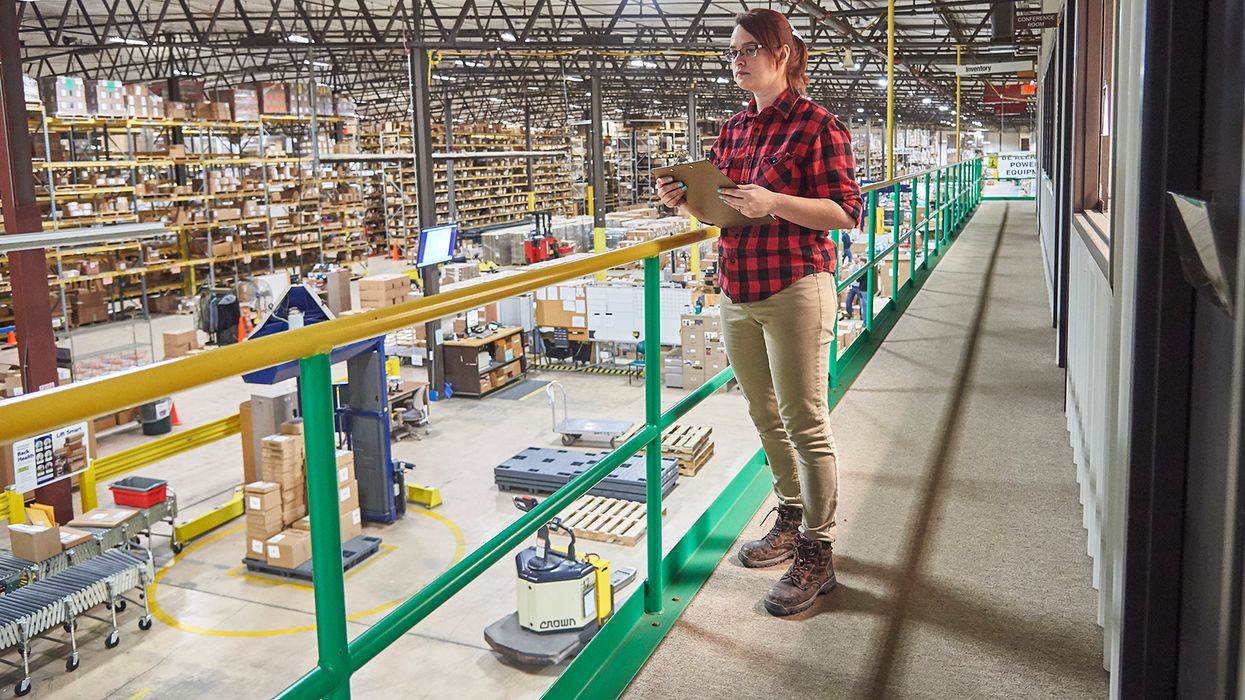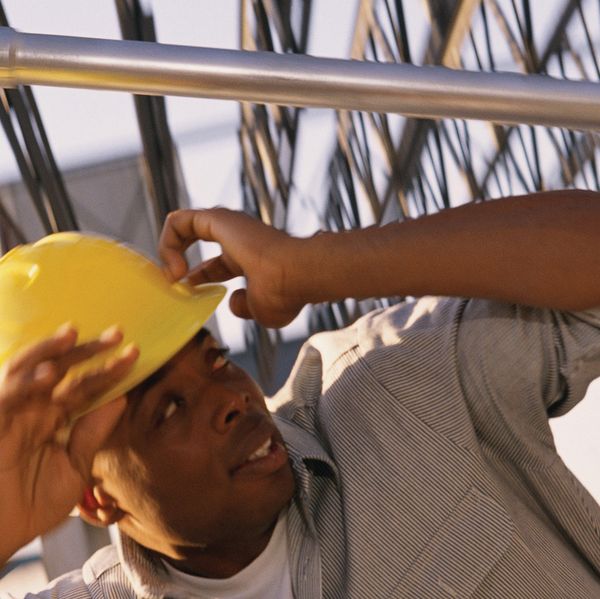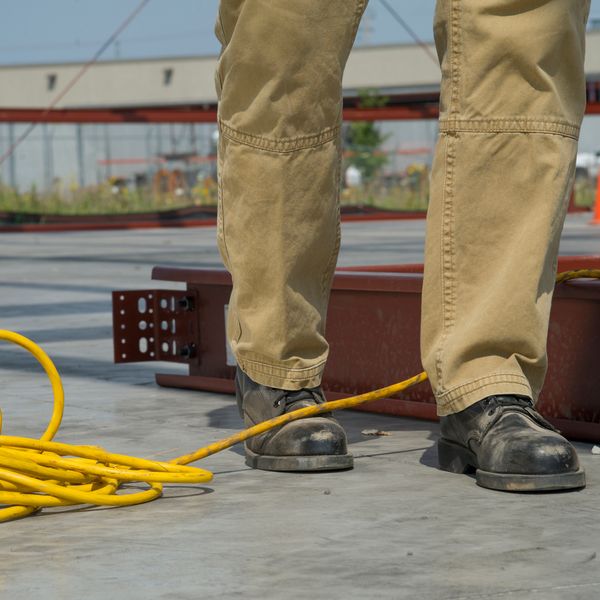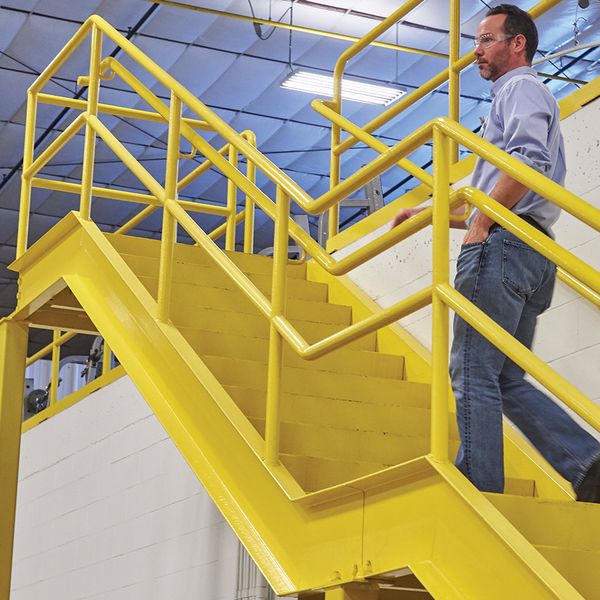What you should know about walking-working surfaces
Most employees in general industry workplaces walk or work on surfaces where slips, trips, and falls are common. OSHA’s efforts to address slips, trips, and fall hazards in the General Industry began in 1971 when it first published 1910 Subpart D, Walking-Working Surfaces.
The standard focuses on proactive safety management, meaning that OSHA expects employers to find and fix workplace hazards before becoming an issue. OSHA says exposure to these types of hazards poses a “significant risk” of death or serious harm to employees.
The standard requires employers to conduct regular inspections to identify and mitigate slip, trip, and fall hazards. Things to keep in mind while performing walking-working surface inspections include:
- Keep passageways, storerooms, and service rooms clean, orderly, and sanitary;
- Verify proper load ratings are established and followed;
- Install guards to prevent employees from entering an area if hazards exist;
- Use false floors, platforms, and mats where wet processes occur;
- Ensure workroom floors remain clean and dry;
- Correct or repair hazardous conditions before an employee walks there again;
- Provide safe access and egress;
- Remove protruding objects, loose boards, corrosion, leaks, spills, snow, and ice; and
- Have a qualified person repair structural integrity issues.
Every employer has an ongoing duty to ensure each provision remains effective in their workplace. For example:
- Provide initial training to employees about the workplace’s fall protection systems and refresher training as needed due to changes or inadequate knowledge per 1910.30;
- Continue to inspect, maintain, and certify lifeline anchorage points annually;
- Inspect all fixed ladder fall protection systems annually or more often as needed; and
- Ensure your workplace has a plan to replace cages and wells on fixed ladders with a personal arrest system by November 18, 2036. State plan states may allow more time due to delays in adopting the 2016 revisions.
During the recent pandemic, OSHA published a news release on April 16, 2020, saying it would consider employers’ good-faith efforts for completing training, auditing, equipment inspections, testing, and other safety and industrial hygiene services when deciding whether or not to take enforcement actions.
As of March 5, 2021, this enforcement discretion was still effective. Check OSHA’s Enforcement Memoranda webpage for the latest updates at https://www.osha.gov/coronavirus/standards#temp_enforcement_guidance
Toeboards and falling object protection
While some of OSHA’s revised walking-working surface regulations require toeboards as part of a guardrail, they are not mandatory with every guardrail. Before the 2016 revisions, OSHA required guarding “with a standard railing and toe board” so every guardrail needed a toeboard. However, OSHA removed several toeboard references in the 2016 changes.
Still, including them on guardrails may be a good idea if they could be needed in the future to protect workers from falling objects. For instance, a mezzanine might not need a toeboard during normal use, but during repair or renovation work, employees below might be struck by tools or other accidentally dropped items.
Examples of where OSHA explicitly requires toeboards include:
- On a mobile ladder stand or platform over 10 feet,
- Around a ladderway floor hole or platform hole (except at the entrance), and
- Anywhere they are needed to protect employees from falling objects.
The last catch-all provision could become an issue if unanticipated situations arise or a change in work activities creates a need for falling object protection. Also, remember that OSHA’s purpose is protecting employees, not property. To illustrate, consider the rule for work areas over dangerous equipment.
Key to remember: Install toeboards where required, but where they aren’t required, consider potential future activities in the area. It may be better to have them and not need them, rather than need them and not have them

















































